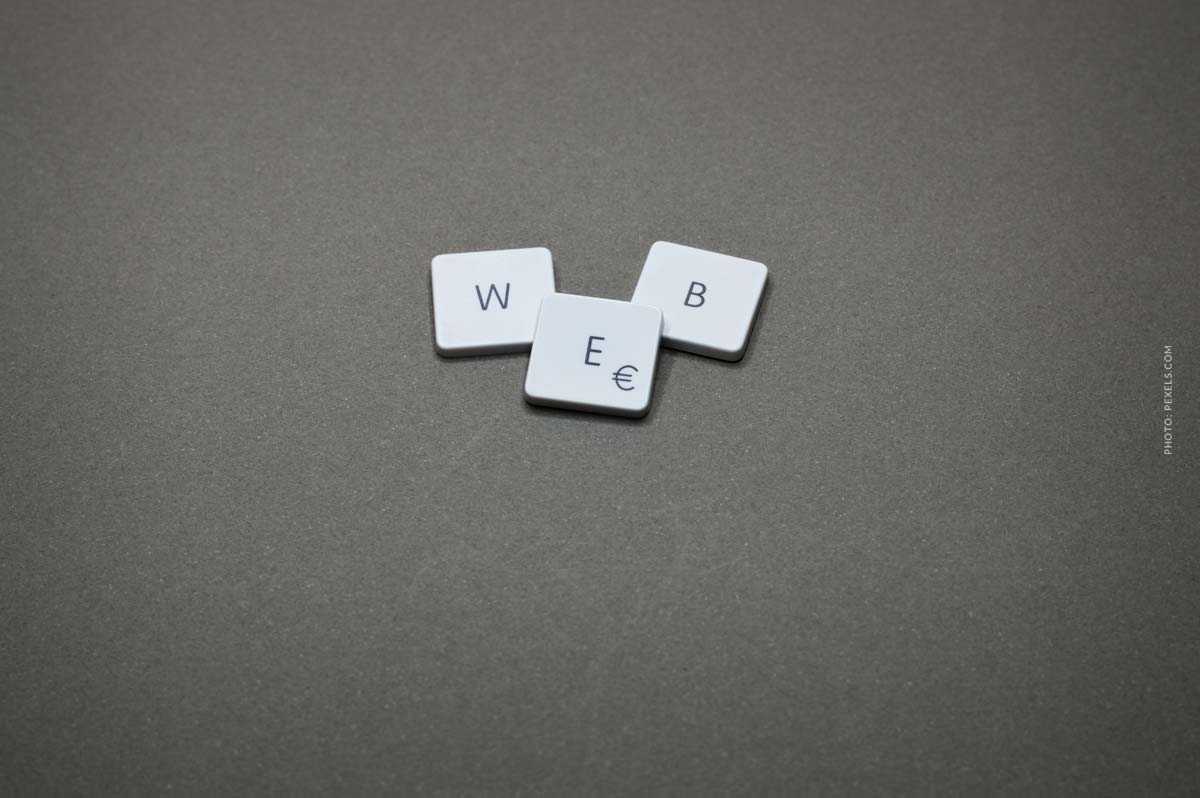Web 3.0: The Future of the Internet – Definition, Concept & Advantages and Disadvantages
Web 3.0 is still a vision, but defines an evolutionary stage of the Internet that follows Web 1.0 and Web 2.0. Web 3.0 exists on the basis of
The basic concept of Web 3.0
The Semantic Web connects information according to its meanings. Currently, most information found on the Internet is read, understood, and reconstructed only with the help of humans. However, the distinct characteristics of Web 3.0 are already evident in some applications. For example, users search for a particular product in an online store through Adsense ads that are displayed again on other websites.
Web 3.0 structures and processes information in such a way that computers can understand and process information according to its meaning. By implementing Web 3.0 and structuring all available data, knowledge from textbooks, encyclopedias and rulebooks as well as the company’s own extensive experience is used. Particularly in medical or legal matters, the Semantic Web is a decision-making aid. Web 3.0 helps users deal with the abundance of information.
In 2006, 161 exabytes of digital information were freely available to all inhabitants of the planet. Web 3.0 can help overcome this information overload. Currently, computers can only manage and share most data, but they cannot interpret it or link it to other data. It helps restructure information and identify related information by using semantics as a link between people, content, and services.
Main functions of Web 3.0
Here is an overview of the main functions:
- Semantic Web
- Artificial intelligence
- 3D graphics
- Connectivity
- Ubiquity
Advantages and disadvantages of the next evolutionary stage
Here you will find a list of the advantages and disadvantages of Web 3.0.
Advantages – what speaks for Web 3.0?
These are some of the advantages that speak for Web 3.0:
- The power of social networks, platforms and internet corporations is limited
- Security, data protection and scalability are strengthened
- Data control and data sovereignty lies with the users
- There is fair access to information
- Open technologies are used
- Mutual control instead of loss of control to corporations
- Democratized Internet
Disadvantages – what speaks against Web 3.0?
These are the disadvantages of Web 3.0:
- There is a risk of anarchy on the Internet due to fewer opportunities to regulate and influence Internet development
- From Web 2.0 to Web 3.0 is a difficult transition
- Energy demand increases sharply due to blockchain technology
- Loss of control on the state side












